REBELS have torched the coffin of Bashar al-Assad's brutal dictator father after taking over Syria.
Camo-clad fighters could be seen gathered around the flaming tomb in the Assad family's hometown of Qardaha.
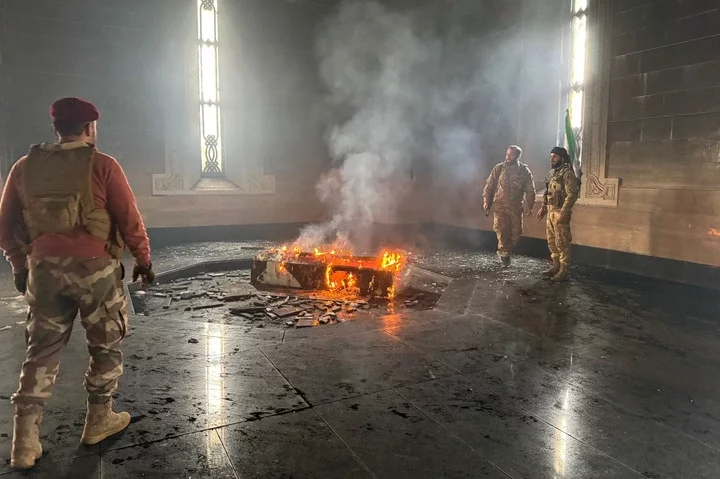
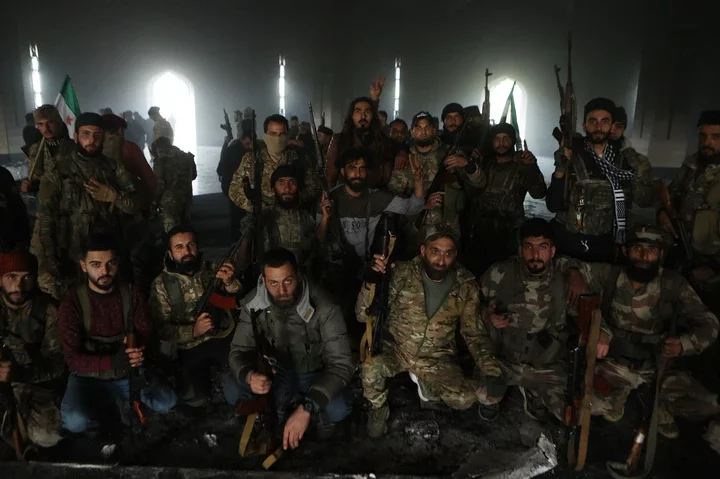
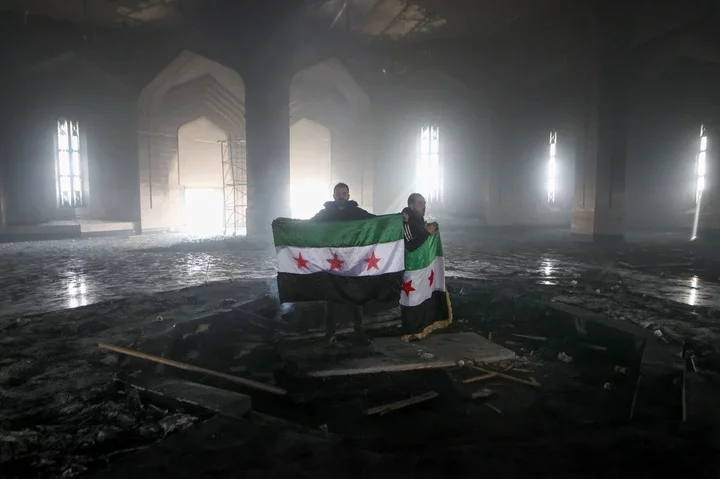
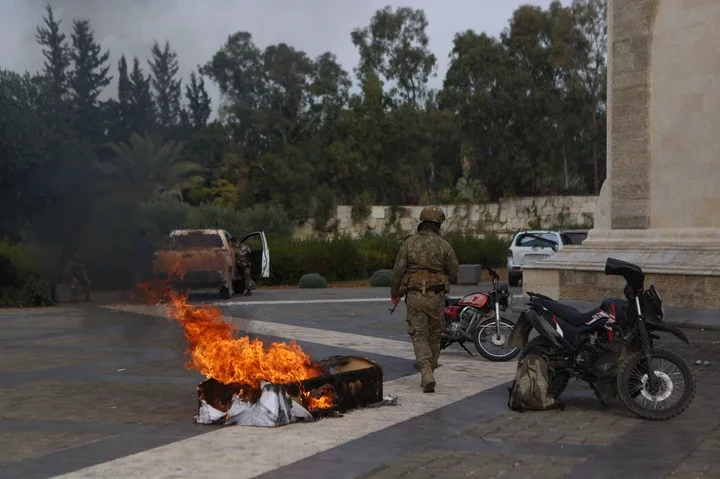
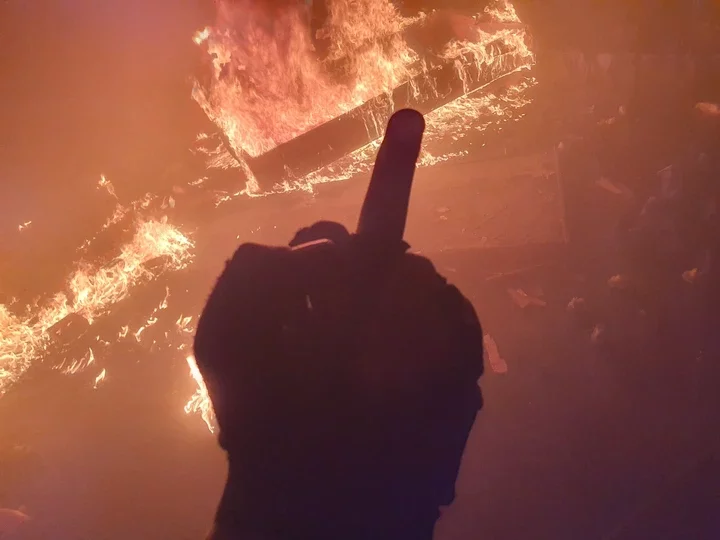
Footage showed fighters and civilians cheering, celebrating and giving the coffin a middle finger as it burned.
The flaming coffin was then dragged out of the tomb into the street.
Rebels raised a flag in the torched mausoleum as they swept away the remains of the Assad family's bloody rule.
Videos widely shared on Syrian media channels appear to show fighters and civilians stamping on the casket.
Hafez al-Assad first seized power with a coup in 1971 - securing his dynasty's power for the next 50 years.
He died in the year 2000 - leaving behind a bloody legacy that was followed up by his third-choice son Bashar.
The most horrific atrocity of Hafez's brutal rule was the Hama massacre in 1982.
His soldiers besieged the city to quell an uprising and killed up to 40,000 civilians.
Bombing raids, tank assaults, howitzer bombardments and chemical weapons were unleashed on the population.
Troops then stormed the city - rounding up families in a savage slaughter of innocents.
Shocking scale of Assad's atrocities as Syrian rebels find 40 tortured bodies in Damascus Morgue & haunting pics show piles of clothes
The savage massacre lasted three weeks.
It is believed to be one of the most deadly acts of violence ever committed in the modern Middle East.
Hafez died of a heart attack in the year 2000 while on the phone - and passed power to his son Bashar.
Bashar was his third choice to rule after his brother Rifaat, who was exiled after a failed coup, and his son Bassel, who died in a car crash.
And once the geeky medical student took power, he consolidated the family's rule with his own brand of cruel dictatorship.
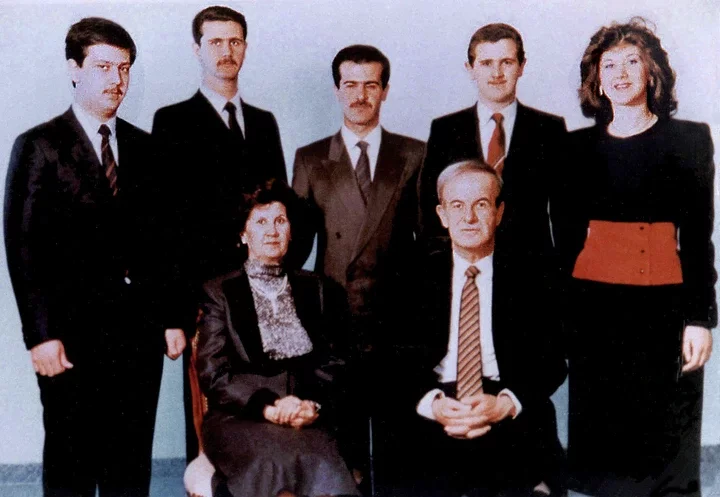
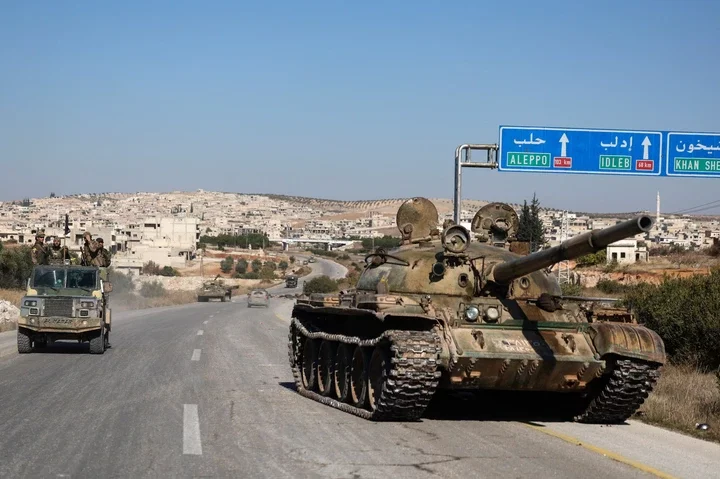
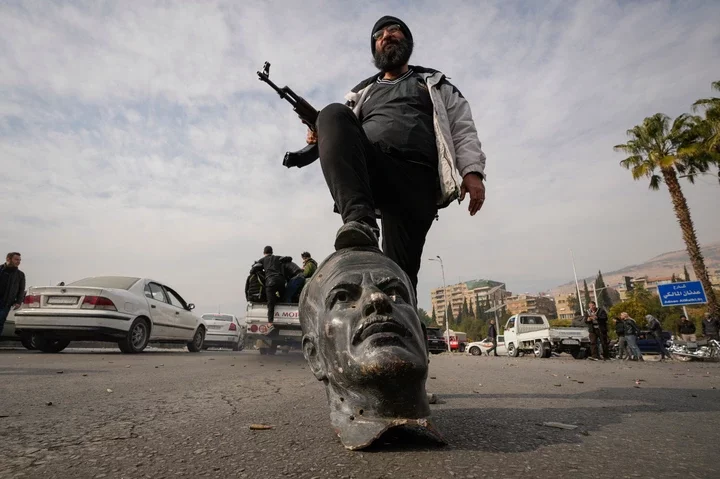
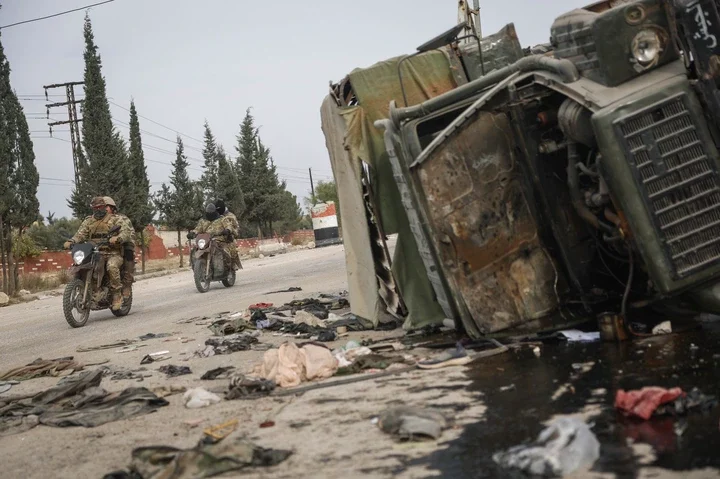
Assad's grip was clenched using brutal oppression, the "disappearing" of his enemies, and savage chemical weapons.
It was finally loosened last week however when a rebel uprising led by former al-Qaeda splinter group Hayat Tahir al-Sham (HTS).
HTS forces and their allies sped across Syria in a matter of days - quickly reaching Damascus.
Cowardly and weak Assad then fled on a plane to Russia - where he was welcomed by his pal tyrant Vladimir Putin.
Putin has offered his pal - who has helped prop up for years - asylum.
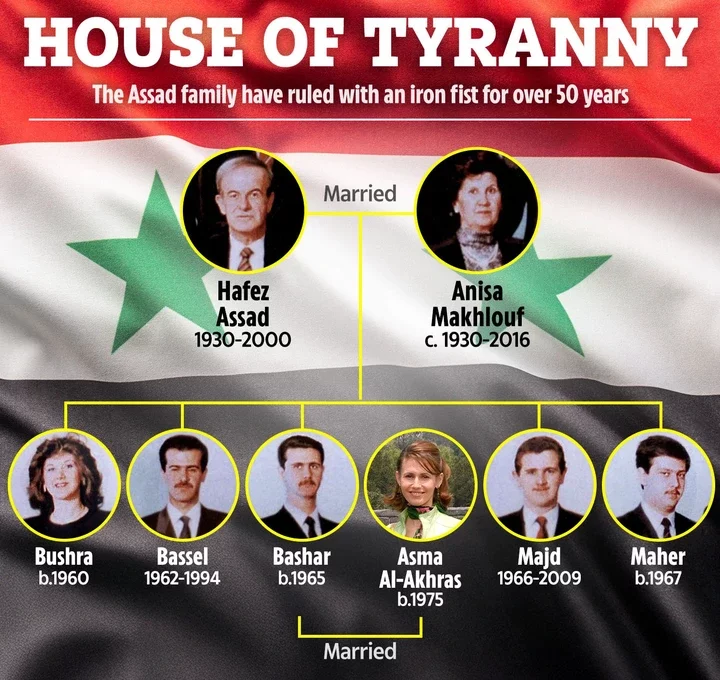

Syrian rebels are now trying to piece their country back together and uncover evidence of the atrocities committed by Assad.
The country's current de facto leader - HTS chief Abu Muhammed al-Jolani - has vowed to hunt down Assad's cronies.
It is reported at least one of them has already been caught an executed - a commander of Syria's so-called "Tiger Forces".
Horrors have already been uncovered at the infamous Sednaya prison outside Damascus.
Piles of bodies have been found at a morgue nearby, and stacks of victim's clothes have been discovered in the jail.
Blood-stained hangmans' nooses and an iron press allegedly used to pulp bodies were also discovered inside the "human slaughterhouse".
The collapse of Syria brings an end to the Assad regime - but also raises questions about what is next for the fractious Middle East.
Israeli forces have already blitzed Assad's weapon stockpiles including chemical weapons and his warships.
Tel Aviv has warned about the dictator's weapon stockpiles falling into the wrong hands.
And fears loom over a resurgence of terrorist groups such as ISIS, which still may be hiding in the deserts of Syria.
The world now awaits with bated breath to see what will fill this new power vacuum in the Middle East.
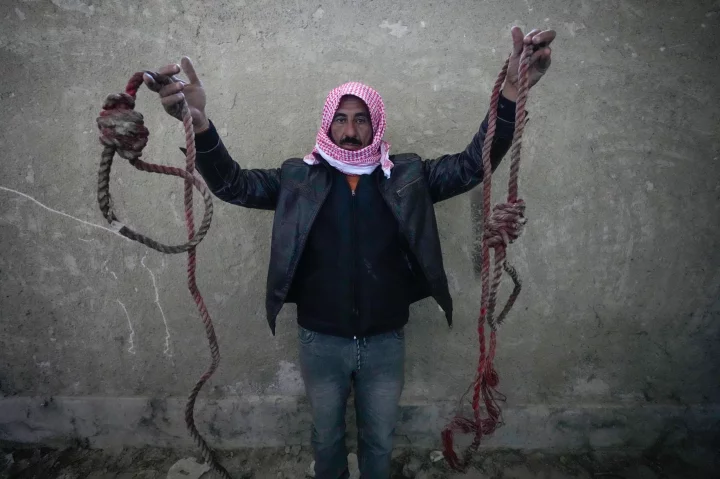
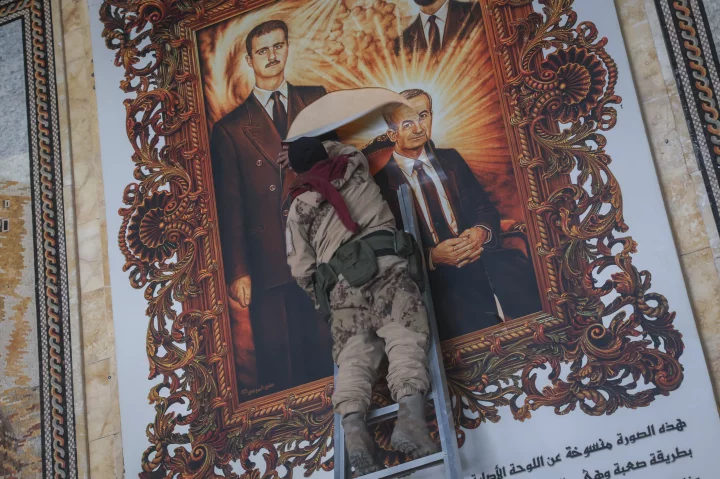
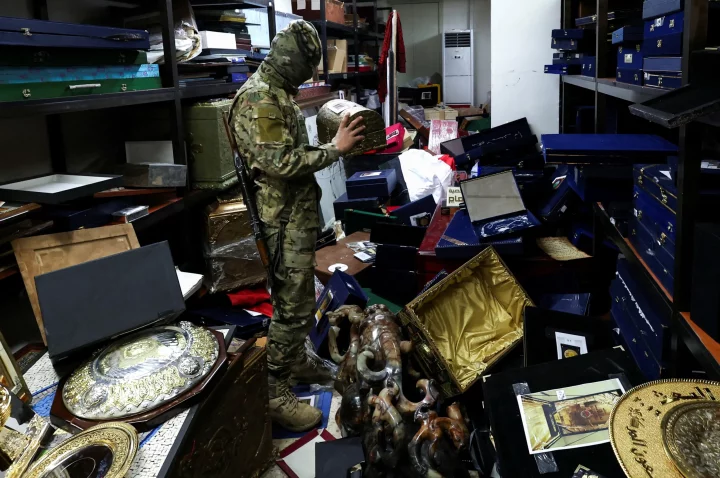
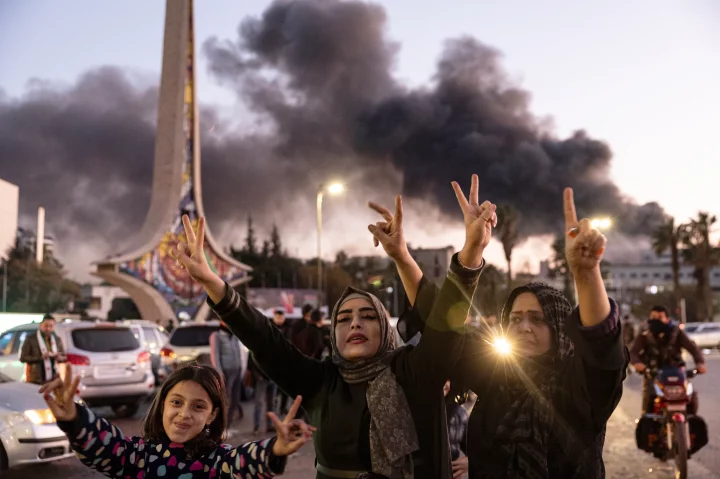
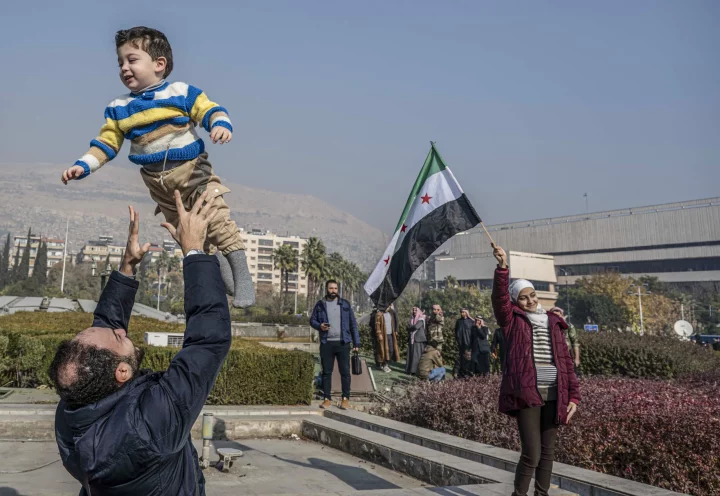
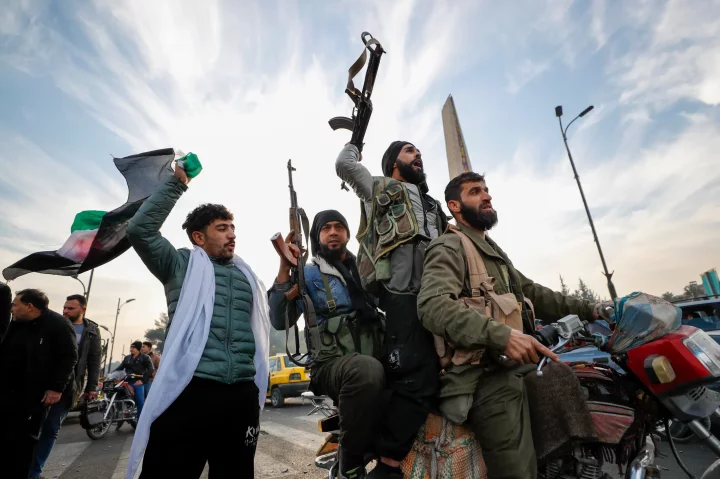
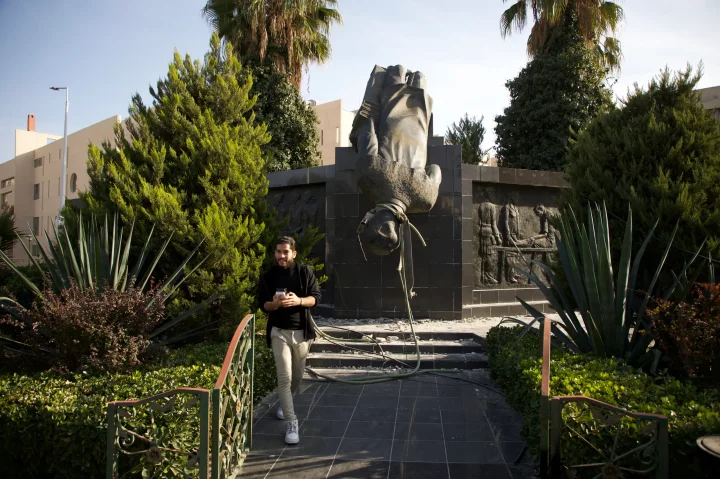

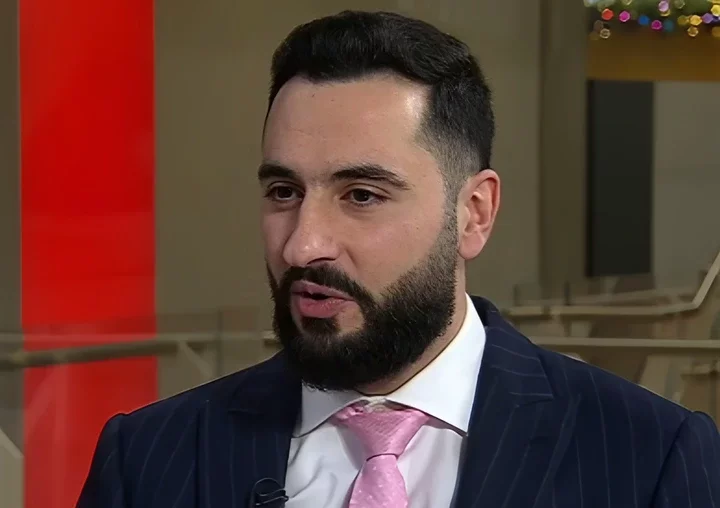
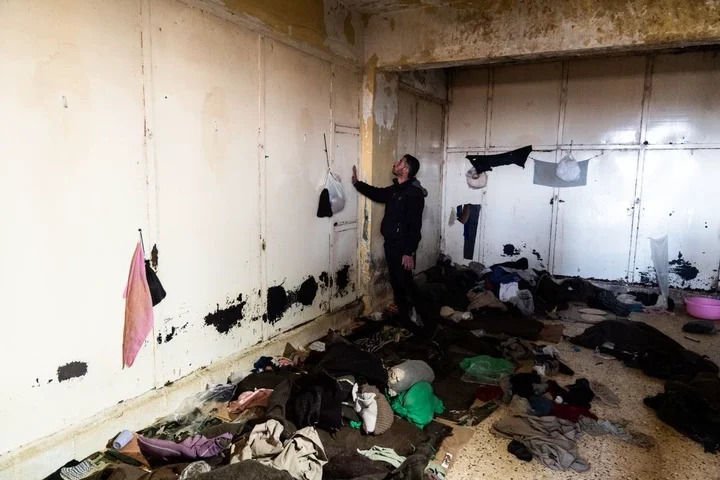
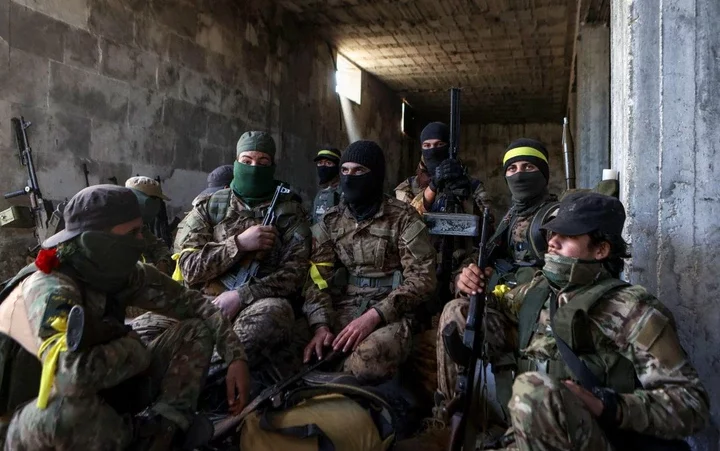
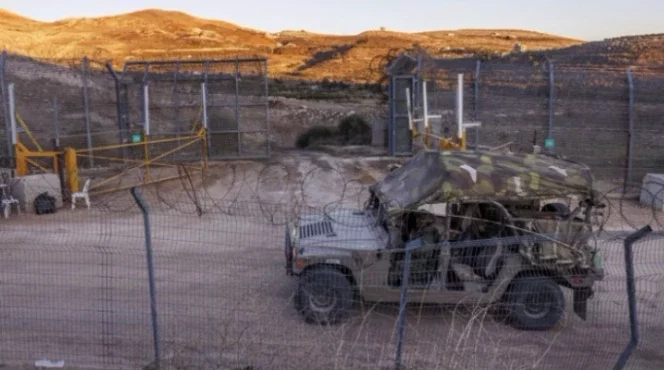

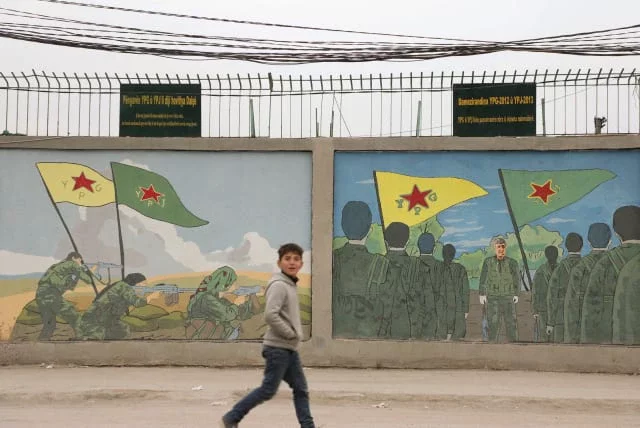

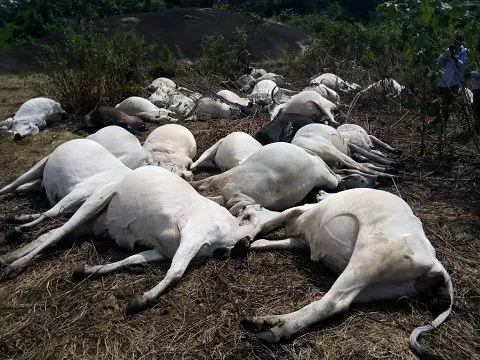







Comments